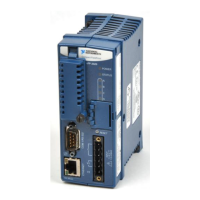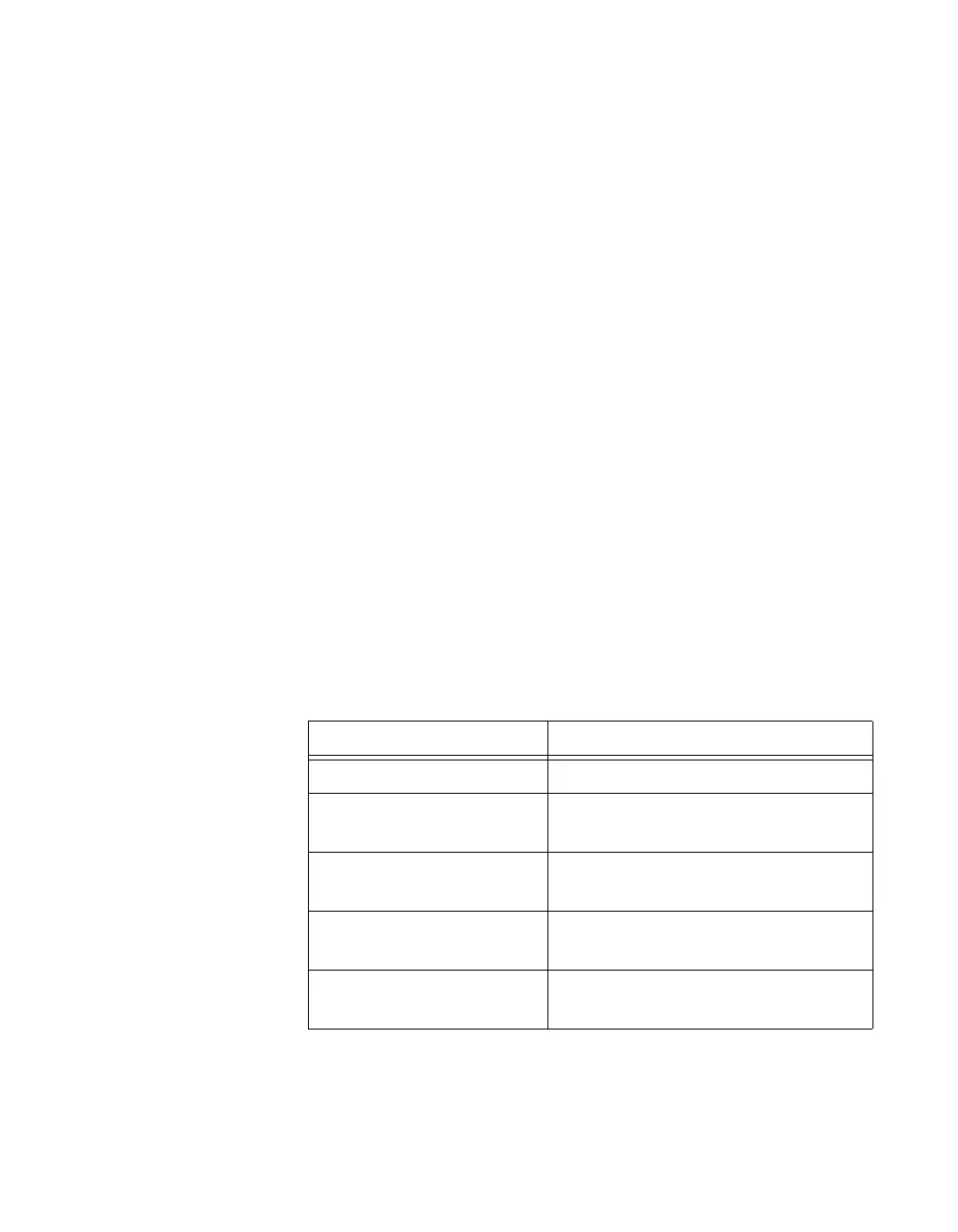Chapter 4 LabVIEW RT Programming
© National Instruments Corporation 4-5 cFP-20xx and cFP-BP-x User Manual
When you try to target the RT Engine on a cFP-20xx from a host PC
through the RT Development System, the RT Engine compares the host
PC’s IP address to the entries in the RT Target Access List to determine
if the host PC is permitted access. You define the RT Target Access List
entries to indicate whether or not a host PC is permitted or denied access.
If an entry in the list matches the host PC address, the RT Engine either
allows or denies access based on what you define for the entry. If a
subsequent entry also matches the host PC address, that permission is used
in place of the previous permission. For example, in the RT Target: Access
dialog box shown,
a.test.site.com and b.test.site.com are
permitted access even though the list indicates by the * wildcard that all
addresses ending in
.test.site.com are denied access. A checkmark
next to a list entry denotes that access is permitted, while an
X denotes that
access is denied. If no entry matches the host PC address, access is denied
unless you supply a password.
Table 4-1 shows examples of RT Target Access List entries and provides
information about the * wildcard and permitting matching access entries.
To specify an Internet host address, enter its domain name or IP address.
Use the * wildcard when specifying Internet host addresses. For example,
you can specify all hosts within the domain
site.com with the entry
*
.site.com. You can specify all hosts in the subnet whose first two
numbers are 130.164 with the entry
130.164.*. The entry * matches all
addresses.
Table 4-1. Example RT Target Access List Entries
Access String Matches
* All hosts
test.site.com
The host whose domain name is
test.site.com
*.site.com
All hosts whose domain names end
with
.site.com
130.164.123.123
The host with the IP address
130.164.123.123
130.164.123.*
All hosts whose IP addresses start
with
130.164.123

